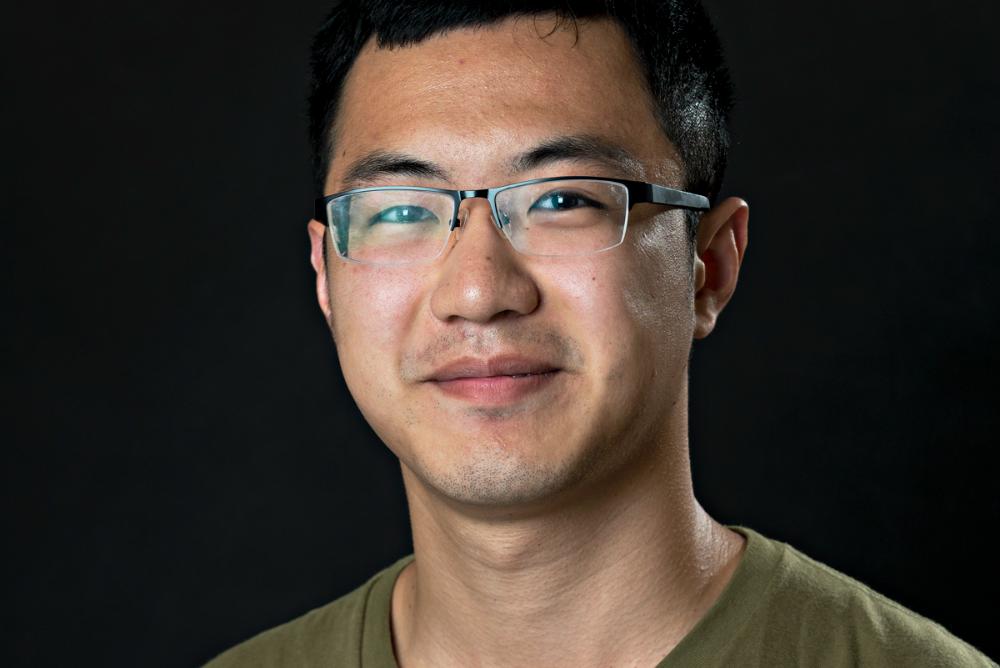W&M Featured Events
[PAST EVENT] Zhi-Yu Xiao: Physics Dissertation Defense
Location
Zoom LinkAccess & Features
- Open to the public

Zhi-Yu Xiao, Final Oral Examination for the Ph.D. Degree, Title: "From the Hubbard Model to Coulomb Interactions: Quantum Monte Carlo Computations in Strongly Correlated Systems "
Zoom Link available upon request: Please email Ellie at [[evwilk]].
Abstract: The study of interacting quantum many-body systems poses one of the main challenges in areas including condensed matter physics, nuclear physics, cold atoms physics, quantum chemistry, and materials science. Currently, no general approach is capable of handling the full complexity of interacting quantum systems, providing systematically accurate results across different ranges of many-body models and materials. The continued development of more general and more accurate numerical methodologies is instrumental in meeting the challenges of understanding and predicting the properties of interacting quantum systems. Quantum Monte Carlo (QMC) methods represent an important class of many-body techniques extensively employed in studying correlated quantum systems. However, their effective application to non-trivial quantum systems requires specialized adaptations to ensure sufficient sampling efficiency. In this thesis, we introduce novel advancements and applications of the auxiliary-field quantum Monte Carlo (AFQMC) methods on Hubbard Model, atoms/molecules, and magic-angle twisted bilayer graphene. One of our developments is the construction of pseudo-BCS wave functions using the one-body density matrix, offering an improved ansatz for correlated fermion systems. In AFQMC calculations, these pseudo-BCS wave functions serve as trial wave functions to control the sign/phase problem, using the two-dimensional Hubbard model as an example. Furthermore, we propose an interface between branching random walks and Markov chain Monte Carlo sampling, enabling seamless switching between these two. In the context of AFQMC, this interface facilitates a smooth transition from constrained-path sampling to constraint release, reducing systematic errors. We demonstrate this method in atoms and molecules, where improvements in accuracy can be clearly quantified and near-exact results are obtained. Leveraging the above developments, we apply AFQMC to investigate magic-angle twisted bilayer graphene (TBG) by studying a many-body Hamiltonian which consist of Bistritzer and MacDonald's single-particle model and realistic electron-electron Coulomb interactions. As our state-of-art AFQMC approach allows accurate treatment of the many-body Hamiltonian while controlling the sign problem, we determine the ground-state properties of this model across different integer fillings and quantifies the errors from mean-field theory calculations. Overall, our developments in AFQMC offer broad applicability ranging from the Hubbard Model to Coulomb interactions which pave the way for intense studies encompassing abstract models, correlated materials with direct experimental comparisons, and what is in between involving both model and realistic interactions.
Bio: Zhi-Yu Xiao was born in Shaoyang, Hunan, China on August 18, 1995. He has always been inclined to understand and predict physical phenomena using fascinating mathematical tools. After high school, he pursued his academic interests at Southern University of Science and Technology (SUSTech) in Shenzhen, China, where he was part of the third cohort of students to be enrolled. In 2017, he graduated as one of the pioneering students in the Mathematics Department, receiving his Bachelor of Mathematics degree from SUSTech. During the same year, he joined William & Mary, where he studied auxiliary-field quantum Monte Carlo (AFQMC) under the supervision of Dr. Shiwei Zhang. Following a summer internship in 2019, he relocated to New York City and works at the Flatiron Institute. His research focuses on developing numerical tools, mainly AFQMC, and applying them to study strongly correlated systems. After graduation, he will work as a postdoctoral fellow at the Institute of Physics, Chinese Academy of Sciences, to continue pursuing his academic interests.
